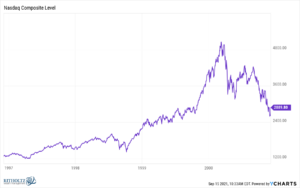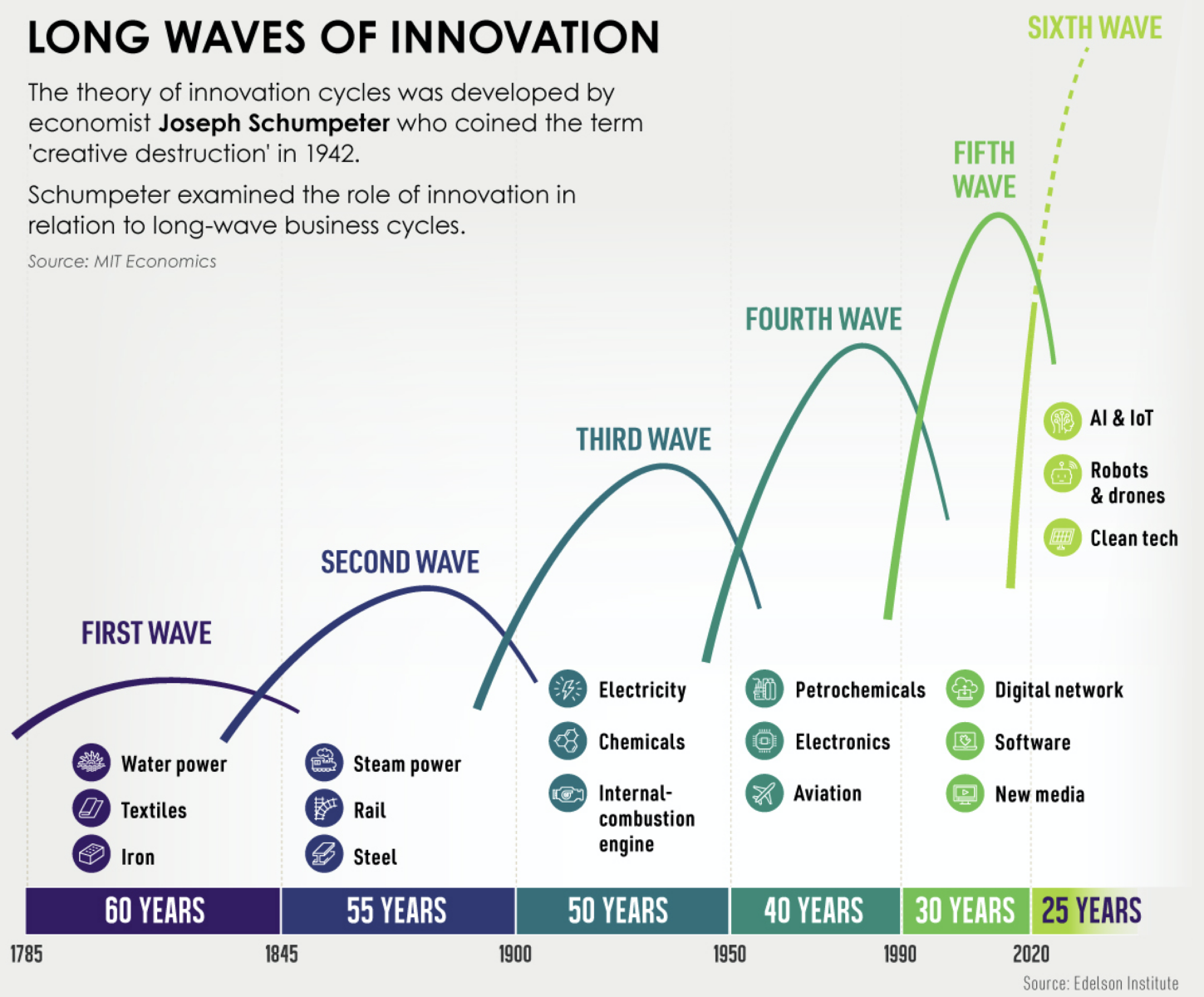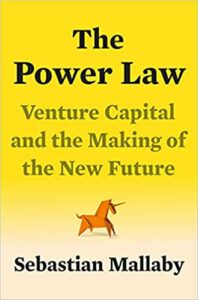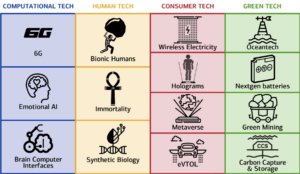Venture Capital keeps coming up a lot, lately.
My theory: There is so much capital sloshing through the system + new technology showing up everywhere + exciting new start-ups getting funded via friends & family; add to that so many exits from post-GFC investments = even more capital. That is before you consider the entire blockchain/crypto ecosystem mainstreaming, and you have a recipe for VC everywhere.
This is not a new insight but a theme that keeps recurring,
 Before you leap to say “Late Cycle!,” a reminder: It was late-cycle in 1996,1 irrational exuberance was in the equity markets and even then you might have noticed VC discussions everywhere. Tech magazines were ubiquitous: Wired, Byte, PCWorld, Fast Company, Macworld, Ziff-Davis, Infoworld, Electronic Gaming Monthly plus the tech sections of business and popular interest publications. If you tapped out of the public equity markets in 1996, you left quite a few shekels on the table.
Before you leap to say “Late Cycle!,” a reminder: It was late-cycle in 1996,1 irrational exuberance was in the equity markets and even then you might have noticed VC discussions everywhere. Tech magazines were ubiquitous: Wired, Byte, PCWorld, Fast Company, Macworld, Ziff-Davis, Infoworld, Electronic Gaming Monthly plus the tech sections of business and popular interest publications. If you tapped out of the public equity markets in 1996, you left quite a few shekels on the table.
Venture funding can be transformative, creating brand new industries and disrupting existing ones. New innovative ideas get funded, and the overall wealth and quality of life of entire societies can be improved. Yet too much capital can distort valuations, reduce expected returns, and foment bubbles.
The challenge of all this capital is recognizing these conflicting ideas can be true simultaneously.
Many of the most successful VCs of the last millennia have not had staying power two decades later; it is not that they have not done poorly, but rather, they have not been putting up the eye-popping returns they did in the 80s + 90s. Perhaps it is because of all of that competition: too much capital chasing many of the same deals, as the Silicon Valley space has simply become more efficient.
This matters because identifying inefficiencies — both in public and private markets — is where those outsized returns come from. Perhaps this means VCs need to begin looking outside of the traditional locations, sectors, founders, and schools for new start-ups to invest in.
Some other random thoughts on venture investing:
• Consider the risk reward tradeoffs of different places to put monety to work in venture: Seed, A round, (B C D), latye stage, pre-IPO, Public, Take Private. Each stage offers something very different.
• A new book by Sebastian Mallaby (2017 MiB) is out in January, and it looks to be a winter must-read: The Power Law: Venture Capital and the Making of the New Future.
• Investors sometimes forget that risk and reward are two sides of the same coin: If you want those outside returns, you must assume greater risk — meaning youre expected returns might not be met; you could underpeform the benchmark or actually lose money. This is an iron law of investing that gets overlookedf all too often.
• A very interesting Twitter thread on investing in startups: QED Investors.
• Another good discussion about power laws in start ups and seed stage funding: What AngelList Data Says About Power-Law Returns In Venture Capital;
• Great summation about the philosophy of one of the most influential VCs of the 21st century: 12 Things I Learned From Marc Andreessen. A16Z is reinventing VC in their own image; we share a similar philosophy about media and content with them.
• The BAML research report on “Thematic Investing” is worth checking out.
I expect the VC space will continue to attract more capital, even if it works against overall returns.
Previously:
MIB: The Venture Capitalists
A World Awash In Capital (August 9, 2021).
Start Ups Behaving Badly (February 13, 2020)
Softbank’s Vision Fund is Just Too Damned Big (September 30, 2019)
____________
1. December 5, 1996:
“Clearly, sustained low inflation implies less uncertainty about the future, and lower risk premiums imply higher prices of stocks and other earning assets. We can see that in the inverse relationship exhibited by price/earnings ratios and the rate of inflation in the past. But how do we know when irrational exuberance has unduly escalated asset values, which then become subject to unexpected and prolonged contractions as they have in Japan over the past decade? And how do we factor that assessment into monetary policy?”
–Remarks by Chairman Alan Greenspan At the Annual Dinner and Francis Boyer Lecture of The American Enterprise Institute for Public Policy Research, Washington, D.C.




